Dog Your Doing Me A Heckin Anxiety. Yes, the internet loves nothing more than a good laugh at a dog’s expense. There is nothing better than scrolling through Instagram, TikTok, or Reddit and seeing all those heckin’ good boys and girls, or cute sleepy/fro pink puppies.
But let’s consider when things are different and your dog’s body language is starting to seem questionable. You know the signs—that adrenaline march, doe eyes or that low growl that sounds like a gentle whine that simply translates to, “I’m struggling.” It is natural for every loving owner of a pet to want his pet to be comfortable and as safe as possible.
So, let’s talk about it: what is the incomprehensible bark or howl saying to you, and what can you do to assist?
Key Takeaways
- Dogs get anxious in several ways and most pet owners can testify to this as it is a thing that affects most dogs.
- Potential symptoms to identification include pacing and trembling or whining, which must be identified if anxiety is to be managed properly.
- Possible causes include; separation, loud noise, changes in environment, and previous traumatization.
- Cognitive methods to minimize a furry companion’s anxiety include providing the pet with a shielded area or praising him/her.
- Sometimes the anxiety is so much that people cannot handle it on their own, and they may require a professional intervention or even to use anxiety-related products.
What is Dog Anxiety?
Types of Dog Anxiety
- Situational Anxiety: Initiated with certain stimuli for instance noises, vet, car traveling, etc.
- Chronic Anxiety: Prolonged stress resulting from factors that include an earlier history of abuse, abandonment, or separation from the owner.
An anxious dog feels vulnerable, or possibly overpowered, and its response may be expressed in different physical and behavioural signs.
Symptoms of Anxiety in Dogs
It is very important to correctly recognize anxiety to be able to effectively deal with the issue in dogs. Here are some common symptoms:
1- Excessive Pacing or Restlessness
Your dog might pace round in circles, or appeared to get uncomfortable to lie down, which shows nervous energy.
2- Whining, Barking, or Howling
They may be communicating through vocalization either to say they are stressed or they want attention.
3- Destructive Behaviors
Doganing furniture, ripping up cushions or any destructive behavioural activities are known to stem from frustration or stress.
4- Shaking or Trembling
Other such non-verbal cues as trembling, even when there is no cause to feel cold, are indicators of fear or anxiety.
5- Tail Tucked Between Their Legs
This is one of the most common signs of uneasiness, fear or submission and yet most people do not pay attention to it.
6- Avoiding Eye Contact or Hiding
A scared dog can tremble, shake, or even become aggressive, unwilling to approach anyone, including you or hide in a place where it will feel protected.
Why Recognizing Symptoms Matters
Such symptoms assist you in giving a proper response to your dog when it is crying out or suffering from these symptoms.
While some of the signs could be seemingly innocuous such as shaking or withdrawal they are indicative of discomfort.
The earlier a person is diagnosed with such behaviours early enough the better he or she is likely to be helped in overcoming their anxiety and get much better.
Understanding Body Language
Dogs use nonverbal cues to pass information from one to another. Here’s how to interpret it:
Ears and Tail
- Alert and Upright: Shows some concern or interest in a matter or a situation.
- Flattened Ears or Tucked Tail: Shows nervousness or fear.
Eyes
- Soft, Relaxed Look: Your dog is content.
- Wide-Eyed (Whale Eye): It also depicts stress or discomfort.
Posture
- Loose and Wiggly: Indicates happiness.
- Stiff or Crouched: Suggests anxiety or fear.
Common Causes of Dog Anxiety
Dogs suffer from anxiety for many of reasons. Here are some common triggers:
Separation Anxiety
- What It Is: Lack of companionship: Compulsive distress when alone.
- Signs: Barking, destructiveness, and self-directed behaviour such as trying to climb through a window.
- Tips: These are the following steps: gradual desensitization and crate training.
Loud Noises
- Examples: Fireworks, thunder clap or the sound of construction.
- Impact: These sounds are greatly magnified for dogs because of their ability to hear.
- Tips: Get noise-reducing devices or establisha noise-free atmosphere.
Changes in Environment
- Examples: New house, new pets or perhaps changing the furniture arrangement of our home.
- Impact: Like other pets, dogs need routine in their lives and vice versa destabilizes them.
Past Trauma
- Examples: Physical abuse, emotional abuse and/or treatment, neglect, and/ or abandonment.
- Impact: Dogs that were abused before, that received an unfortunate message growing up by their previous owners, for example, tend to be emotionally damaged.
| Cause | Symptoms | Solutions |
|---|---|---|
| Separation Anxiety | Barking, destruction, escape | Crate training, desensitization |
| Loud Noises | Shaking, hiding, excessive barking | Calming wraps, white noise |
| Environmental Change | Restlessness, pacing | Gradual adjustments, consistency |
| Past Trauma | Avoidance, fear aggression | Behavior therapy, professional help |
Solutions for Managing Dog Anxiety
Create a Safe Space
- Why It Works: Safety and comfort are offered by an area that is defined.
- Examples: A container with the comfortable substrate or a dark chamber.
- Pro Tip: It will also be useful to bring change, snacks, toys or a familiar blanket or toy of the child.
Use Positive Reinforcement
- How It Helps: Rewards create positive attitudes towards such things as maintaining low energy levels.
- Tips: They should use things such as sweet, gentle speech, praise, and scratching behind the ears.
Increase Physical Activity
- Why It’s Effective: Physical activity breaks stress and tension, allowing a person to relax.
- Examples: Walking, playing, or training runs for an extended number of minutes or hours.
Try Calming Products
Options
- Thunder jackets or anxiety vests
- Pheromone diffusers
- Calming sprays or treats
Consult Your Vet: Take your time and make sure that clients are ready before you come with new products.
Seek Professional Help
- Who to Consult: Dogs trainers, animal behaviorists or veterinary surgeons.
- When to Seek Help: If your anxiety is severe or chronic.
- Additional Support: In severe cases, the medical doctor may be forced to provide medication.
| Solution | Benefits | Recommended For |
| Safe Spaces | Provides comfort and security | Situational anxiety |
| Positive Reinforcement | Builds trust and calm behavior | All anxiety levels |
| Physical Activity | Reduces stress and energy | Dogs with high energy levels |
| Calming Products | Soothes mild to moderate anxiety | Noise or environmental anxiety |
| Professional Help | Expert advice and solutions | Severe or chronic anxiety |
Preventing Anxiety in Dogs
Anti-anxiety in dogs is all about removing conditions and situations that cause fear, and developing a sense of security, and trust. There are certain habits and strategies that when implemented from the start, help to decrease the likelihood of your dog developing an anxiety-ridden pet.
1. Establish a Routine
In its simplest form, the fact is that dogs are creatures of habit and habitual routine offers them a sense of security. A fixed feeding, walking and playing time ensures that your dog feels secure and reduces any stress that results from the unknown.
- Why It Matters: Structured routines help to establish the pattern of behaviour whereby dogs are never overwhelmed and do not have to guess what next step is expected of them.
- Pro Tip: Do not greatly disrupt child routines, such as abruptly switching from a standing to a sitting desk or from an open to a closed classroom environment. This is because sudden changes are difficult for the dogs to cope with since sudden changes provoke their fear.
- Example: Scheduling meals for your dog helps them to know when they will be able to eat and this relieves them of the stress of when they will next be fed.
2. Socialization
One of the best ways to avoid anxiety in dogs is to make them socialize from a young age. Socializing involves familiarizing your dog or pet with as many people, other animals, and other environments as possible so that the pet can accept any change of circumstances.
Why It’s Important: New experiences that may be perceived as threatening by the dog can be easily avoided if the dog can socialize with other dogs and or people.
How to Start
This is the reason you should take your puppy to pet-friendly parks.
Introduce them to other sounds, odours and visions while still keeping them in safe environments.
Registered them in obedience classes where they can mix with other dogs and other people.
3. Early Training
Besides teaching instructions, training your dog does help in creating a good relationship and confidence level between you two. A trained dog can easily handle strange situations with out feeling tense in a way that can lead to nervousness.
What to Focus On
Basic Obedience: Teach other simple commands such as “sit”, “stay” and “come”.
Leash Manners: Make your dog relaxed and confident on walks.
Crate Training: Physical environment: find them a place to lie down and chill whenever they feel like it but also make it safe.
Why Preventative Measures Matter
Measures that should be taken to eradicate anxiety not only make the dog happy but also eliminate habits in the later years that are hard to control. By setting a particular schedule for your dog, making it social and ensuring it starts training at a youthful age you will have a well-behaved dog that is confident at any age.
Using Social Media Responsibly
Using social sites is a great opportunity to exchange information and learn more about the behaviour of dogs. However, it’s crucial to:
Identify Misinformation
- Do not consider anxious actions as acceptable in viral videos.
- Check advice with experts.
Share Your Insights
- Share articles which can help people better understand how to care for their dogs.
- Emphasize the general significance of studying some of the signs of body language in dogs.
| Social Media Tip | Benefit |
| Avoid Misinformation | Promotes accurate knowledge |
| Share Educational Content | Informs and supports pet owners |
My Opinion
As far as I am concerned, managing cases of dog anxiety is part of science and as well part of herculean tasks. With dogs, I discovered that if one consciously observes a dog and the way it behaves, one can decipher what the dog is trying to convey.
I appreciate it when you see how beneficial it is to change something as simple as a cup of coffee or to introduce a specific sign that a person feels safe. As much as it may be sometimes challenging, developing that closeness with your pet by trusting and caring for him is all helpful.
If there is one thing I realize now it’s that taking an extra step and embracing the feelings of caring can bring a much better life to both you and your pet.





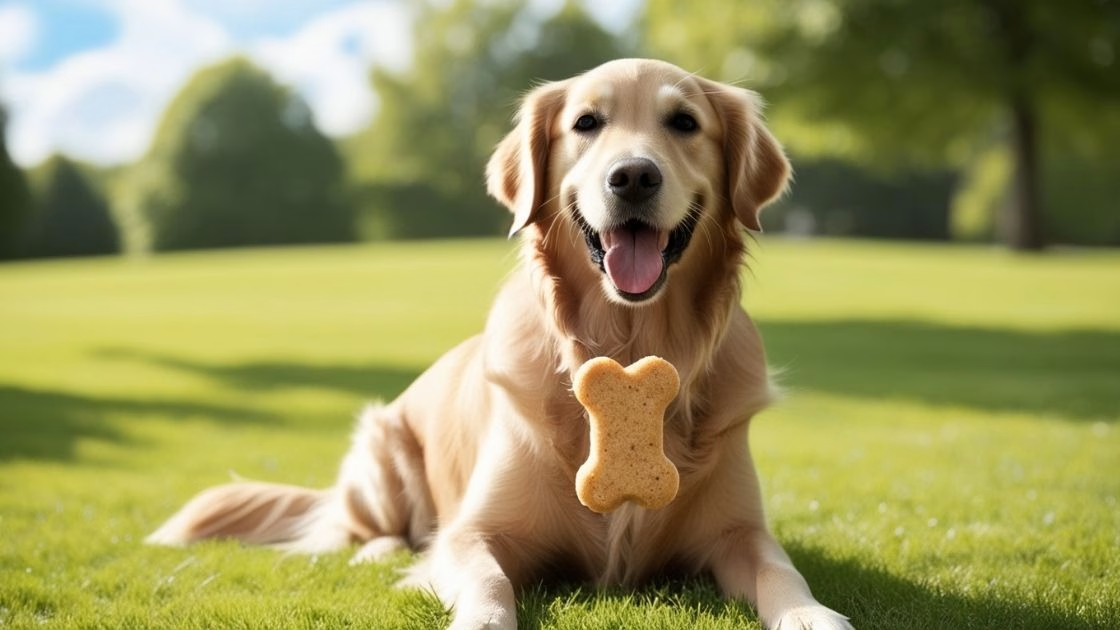
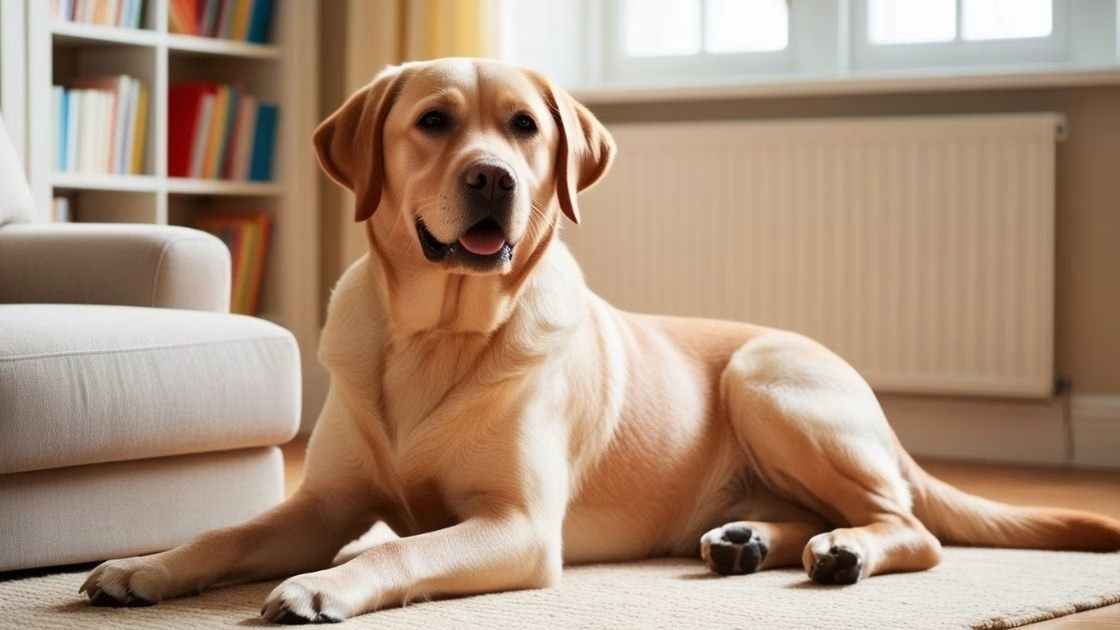
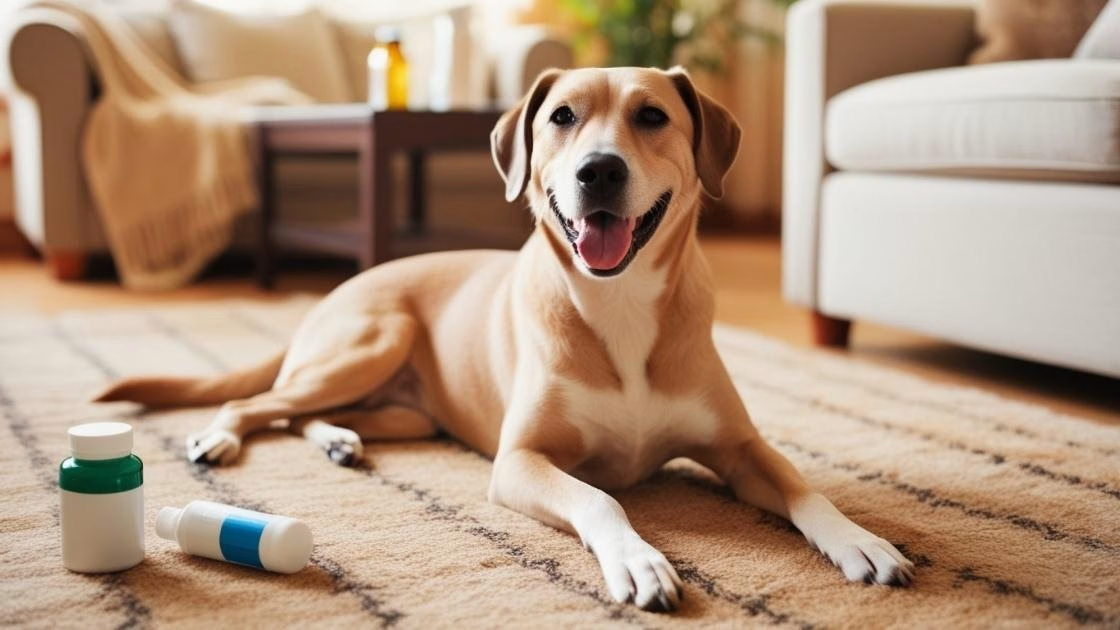



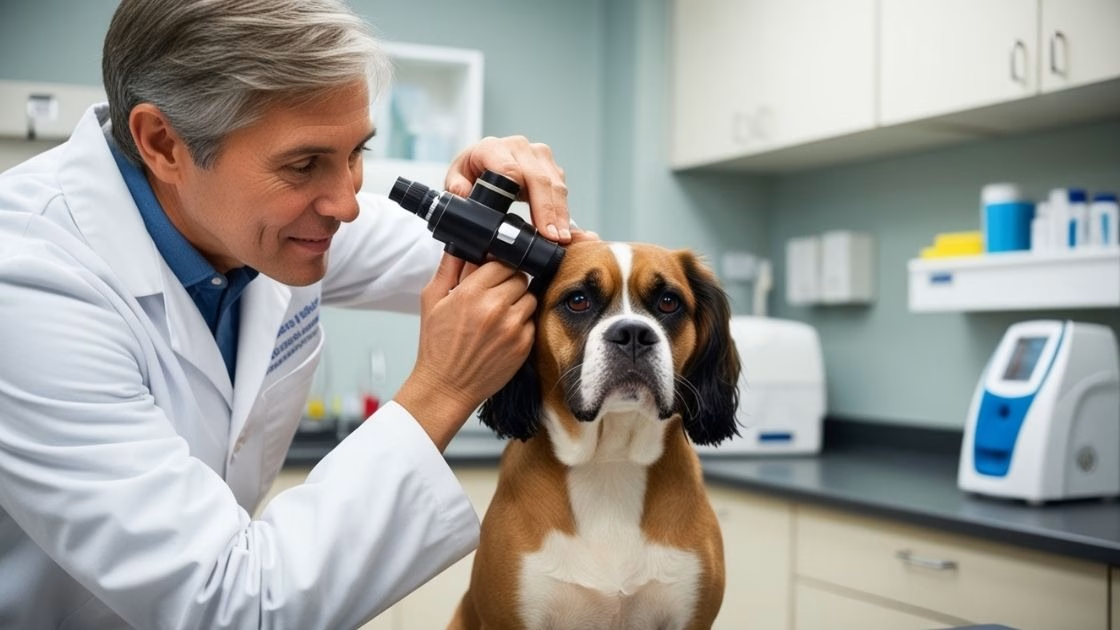


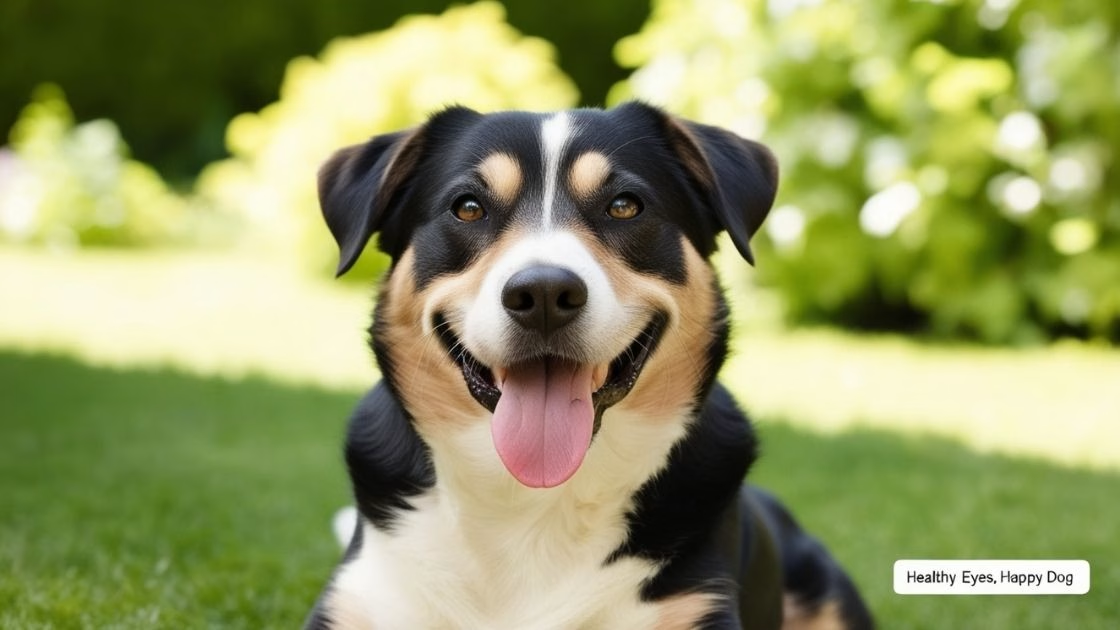
Leave a Reply
View Comments